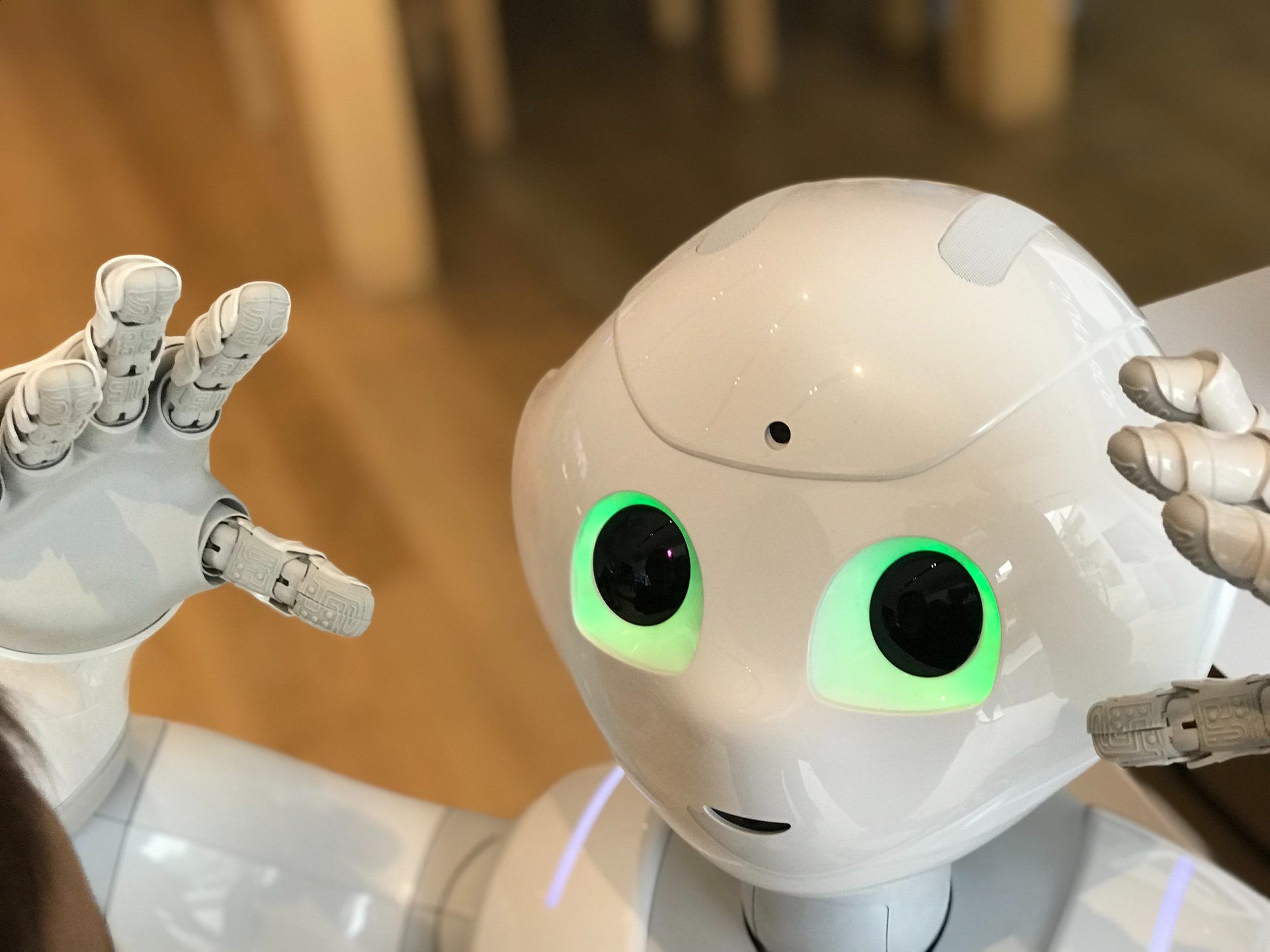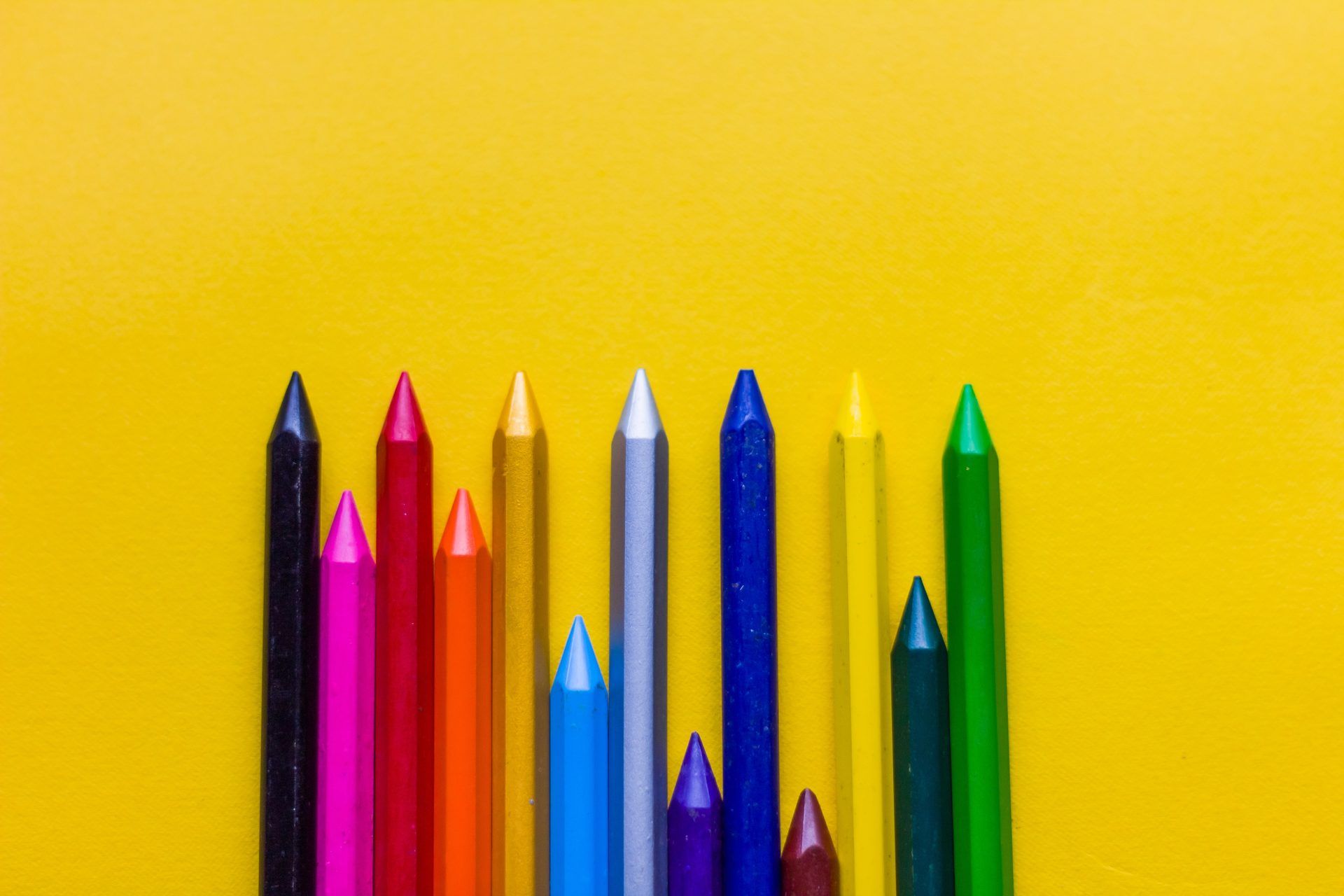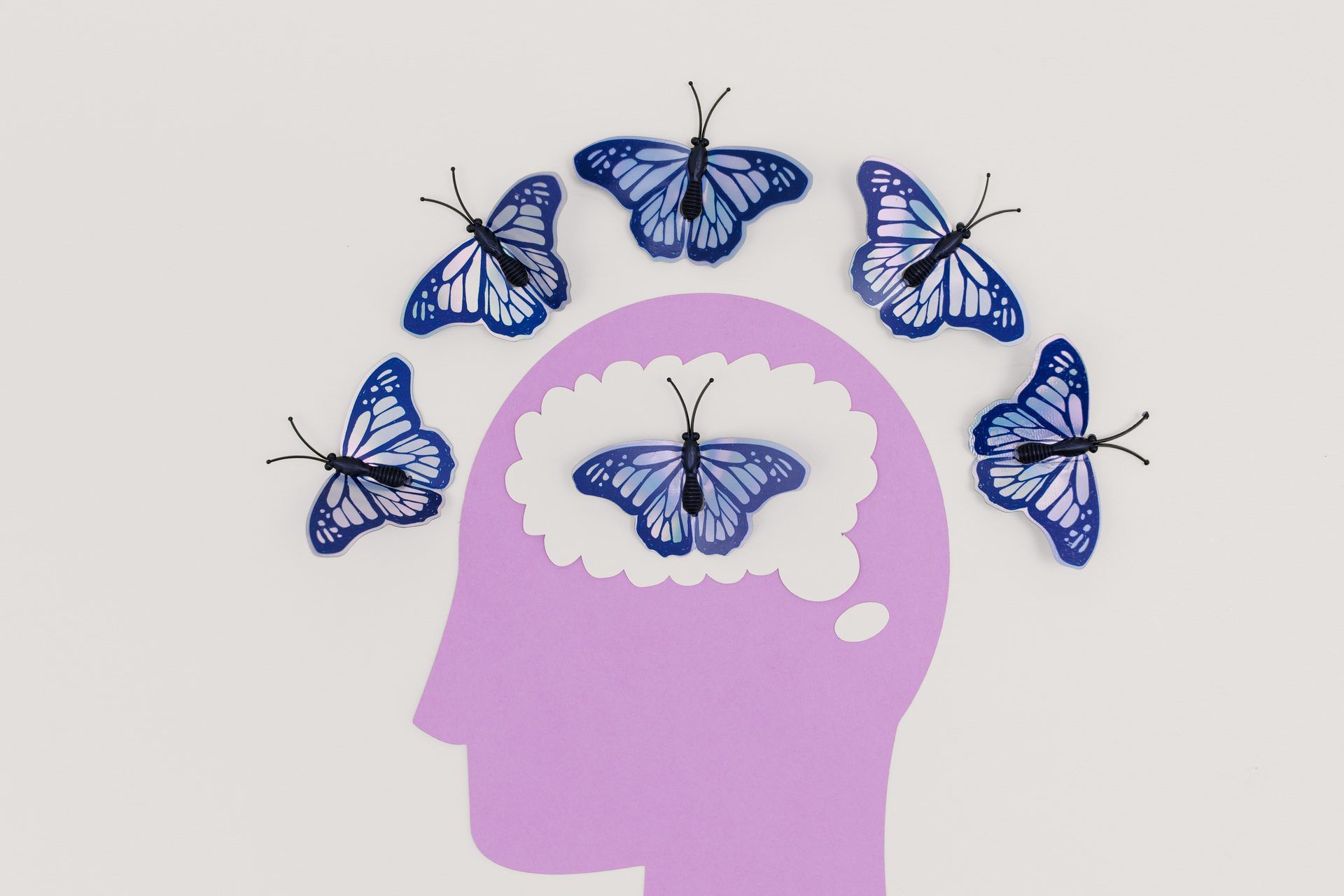Artificial intelligence design is the new hype. To fully automate their processes, many IT companies are moving toward artificial intelligence today. They do this because they are aware that technologies that can significantly reduce the amount of work required of humans will rule the future. The design sector is not an exception, as we have already begun to see trends in the sector progress thanks to AI.
Don’t be scared of AI jargon; we have created a detailed AI glossary for the most commonly used artificial intelligence terms and explain the basics of artificial intelligence as well as the risks and benefits of artificial intelligence. Is artificial intelligence better than human intelligence? We will look for the answer to this question from a design perspective in this article.
The rise of artificial intelligence design
Machine learning is now more widely available than ever before, giving designers the chance to consider how it might be used to enhance their products.
To take a step back, the creative business isn’t the only one affected by AI. Today, robots are breaking news for national publications, computer-generated music is blowing up Spotify, and paintings created by AI machines are competing with works by human artists. The idea of what constitutes a creative role is drastically changing.
Did precursors of artificial intelligence dream of it?
Will AI replace designers?
Many designers were concerned that machine learning and artificial intelligence (AI) will replace them only a few years ago. If you’re still a little concerned about it, a few ground-breaking recent projects demonstrate that new technology is here to assist us rather than to replace us.

For a very long time, humans have strived to develop tools and technology that would completely alter the way we live. We have developed technology that makes work and living a little easier, from round wheels to electricity-powered cars. As a result, we have evolved both ourselves and our employees.
It’s the same way with design and AI. AI will thus replace designers, but it will do so for “today’s designers” rather than tomorrow’s. AI will evolve into a tool and design collaborator that designers may employ to adapt to changing workplace demands. And let’s be aware of what our spouse can and cannot provide when fostering any relationship.
As a result, artificial intelligence career paths are expanding, with artificial intelligence designers being one of them.
Artificial intelligence designer
The artificial intelligence designer job description has two meanings. One means the person who designs the AI while the other can be called the person who designs using AI. The second part and our topic is mostly for future. However, we can briefly mention the first part:
To increase productivity and make it simple to gather high-quality data, AI designers collaborate with the engineers who provide the tools for data collection and annotation as well as the platforms that make it possible. When more automated methods fail, designers occasionally assist in the collection of datasets.
Artificial intelligence designer salary
According to ZipRecruiter, the average annual salary for an AI designer in the US as of July 7, 2022, is $100,224.
If you need a quick salary estimator, that comes out to be about $48.18 per hour. This is the same as $1,927 each week or $8,352 every month.
Artificial intelligence design advantages: How can AI help to design?
The use of artificial intelligence is essential in design work. Who knows how? Let’s investigate the immense possibilities of AI for design.
Creativity
The main characteristic that sets humans apart from machines is creativity. Artificial intelligence (AI) supports designers’ creativity by handling some routine tasks, freeing up the designer’s time and energy for idea generation.
For the designer, AI is comparable to a virtual assistant. It handles the little details so the designer can concentrate on ideas and creativity. For instance, an AI assistant will aid you in gathering information or locating pertinent references. Or look for the ideal editing program for you.
User preferences
The undisputed champion in the analysis of user behavior and preferences is artificial intelligence.
The algorithm identifies platforms and designs that users enjoy using. It offers designers a roadmap to follow, enabling the creation of a unified, approachable, and efficient design.
Multiple variants
After identifying a pattern, artificial intelligence aids designers in producing numerous variants. A design’s colors and patterns are extracted by the algorithm, which then generates hundreds of variations based on the range of extracted colors and patterns.

For designers, this application is quite helpful. Consider creating a logo, for instance. Designers can recognize abstract patterns and brand colors. The patterns can then be used by artificial intelligence to produce a wide range of distinctive designs while still operating inside the domain. It is also used while minting NFTs.
When designers are having trouble being creative, it is useful. The abundance of aesthetic options offered might make choosing easier for designers and clients. Additionally, it encourages creativity and provides designers with new color palettes and pattern ideas.
Personalized user experience
Customer happiness is based on a customized user experience. Users are drawn to and kept on platforms that make them feel liked and cared for. Consider Netflix. Based on the user’s past behavior, it suggests a series. Additionally, it explains why it thinks you should watch the series by saying “since you watched Lucifer.”
Users are spared a great deal of work. The user may easily access the material they are interested in without having to go through hundreds of possibilities. It solidifies the relationship between the brand and the customer.
Artificial intelligence design disadvantages
There are some limitations of AI in design:
Understand nuances
We have exploited emotions as a survival strategy throughout human history. We are taught to protect ourselves from outside stimuli by using strong emotions like fear. Based on body language, tone of voice, context, and social cues—all of which are derived from cultural and acquired norms—we are able to recognize and understand people’s emotions. Thus, one of AI’s greatest problems is to comprehend tiny emotional cues.
Create original content
Even though numerous programs, like AI design generators, can produce a great number of designs, the materials utilized will not be entirely original. Because AI cannot make them without a database of existing artifacts.

Filter biases
AI picks up knowledge based on input. When Jacky Alcine discovered that he and his companion had been labeled as “gorillas” in his pictures app, he discovered this the hard way. Because humans cannot objectively communicate morality in measurable parameters that are simple for a computer to absorb, teaching morality to machines is challenging. AI can only absorb data sets naively and without bias-filtering capabilities in the absence of its own moral and social consciousness.
Because of these shortcomings, AI will remain a tool for a long time and will continue to help designers. Then it’s time to take a look at some of these useful tools for designers.
3 best artificial intelligence design software
Together, artificial intelligence and machine learning have greatly improved our lives and somewhat eased them. They have a significant impact on how we behave, live our lives, conduct business, etc. For a few years now, various organizations across industries have implemented ML and AI solutions.
AI in graphic design opens up a whole new universe of opportunities for working with the visuals. People do perceive AI as a threat due to the rapid expansion and advancement of technology since they think it will eventually replace human labor. In the case of graphic design, AI is more like to a design partner, and there are AI tools that help the designer do the challenging task more easily. However, AI is not replacing or will replace the designers.
UIzard
A useful AI-based tool for UI designers is called UIzard. An automated process may convert a hand-drawn wireframe into a fluid digital design and front-end code using this tool, which was created by an international team of engineers, designers, and entrepreneurs.
All that is required is a smartphone with a camera to take a picture of the paper sketch. It will be changed by UIzard into an extremely accurate prototype in a matter of seconds.
Once the design has been converted to digital form, the designer can add their own style guidelines, export the design to Sketch, and then produce the front-end code.
Ulzard employs computer vision technologies, deep learning networks, AI and ML models, and drawing to create digital design and code.
Let’sEnhance
Transparency of the visuals utilized in the design is a key component in graphic design. If the design is not clear enough, it won’t accomplish the goal for which it was made.
A Ukrainian start-up developed Let’sEnhance, an AI-powered application that allows designers to enhance and enlarge photographs without distorting them.
The tool employs machine learning to enhance poor-quality photos.
Primarily, the tool has three filters:
- Anti-JPEG filter that converts the image to PNG format while removing JPEG artifacts.
- A filter that upscales an image four times while preserving all of the details.
- Designers can enhance their photographs with the magic filter by adding important details.
Fronty
Another AI-based design tool called Fronty makes the jobs of front-end designers and developers easier by converting an image into HTML and CSS. Website pages can be created by designers by just submitting an image of the design. Fronty will instantly generate the front-end code (HTML / CSS) once the design has been loaded. Additionally, Fronty’s UI editor allows designers to quickly change the website’s content and appearance online. Fronty can swap out tidy code for semantically sound HTML and SCSS-based source code.
Conclusion
Some people are beginning to doubt if AI can totally replace human hands in light of how quickly it is developing around the globe. The fact that AI systems are becoming more and more common across all industries is what is causing so many individuals to express alarm about how this issue can come back to bite them in the future.

It is still too early to assume that AI will completely replace designers in the market, given the utility of AI and the demands of unique design. It is a device designed to make a variety of complicated tasks easier rather than to totally replace human hands.





